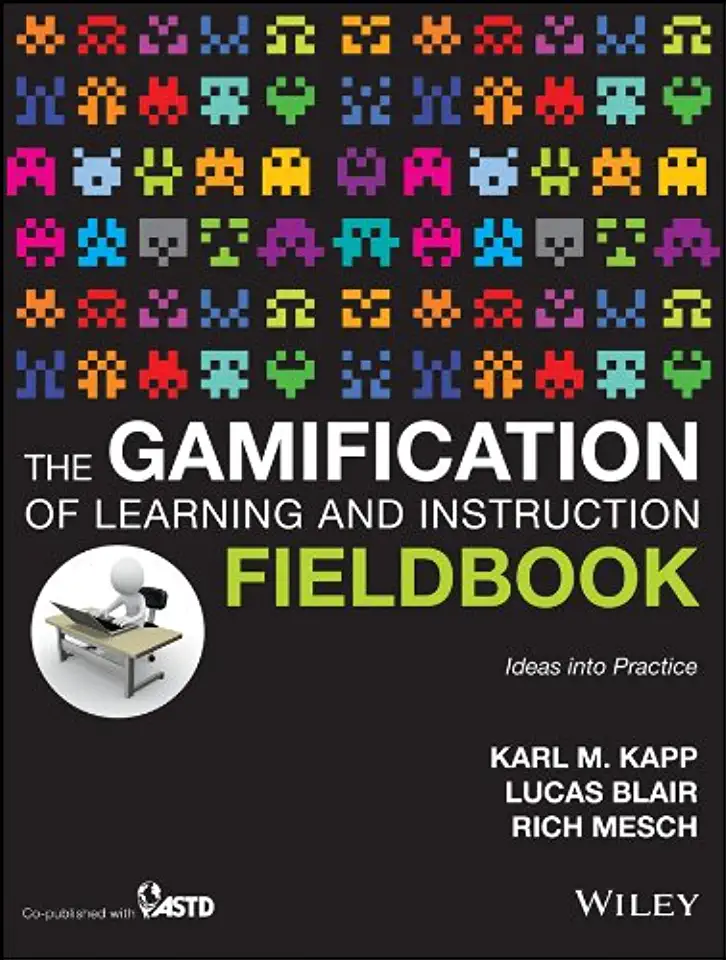
Gamification in Education, Karl M. Kapp
Gamification in Education: Making Learning Fun and Engaging
Introduction
In today's fast-paced and technology-driven world, capturing and retaining students' attention in the classroom has become increasingly challenging. Traditional teaching methods often fall short in engaging students and fostering a genuine love for learning. However, there is a revolutionary approach that has emerged as a game-changer in education: gamification.
What is Gamification?
Gamification is the strategic use of game elements and techniques in non-game contexts to enhance user engagement, motivation, and overall experience. By incorporating game-like features into educational settings, gamification transforms learning into an enjoyable and interactive adventure.
Why Gamification in Education?
Gamification in education offers a multitude of benefits that can revolutionize the learning process. Here are a few compelling reasons why educators should embrace gamification:
1. Increased Engagement and Motivation:
Gamification taps into the natural human desire for competition, rewards, and recognition. By introducing game elements such as points, badges, leaderboards, and challenges, students become intrinsically motivated to participate, progress, and achieve their learning goals.
2. Enhanced Learning Experience:
Gamification transforms passive learning into an active and immersive experience. Students become active participants in their own learning journey, taking ownership of their progress and actively seeking out knowledge. This hands-on approach deepens their understanding and retention of the subject matter.
3. Improved Problem-Solving Skills:
Many gamified learning experiences involve problem-solving challenges and scenarios. As students navigate these challenges, they develop critical thinking skills, analytical abilities, and the resilience to overcome obstacles. These skills are invaluable not only in academic pursuits but also in real-life situations.
4. Fostering Collaboration and Teamwork:
Gamification encourages collaboration and teamwork among students. They learn to work together towards common goals, share ideas, and support each other's progress. This collaborative environment mirrors real-world scenarios and prepares students for future professional endeavors.
5. Personalized Learning Paths:
Gamification allows educators to tailor learning experiences to individual student needs and preferences. By tracking student progress and identifying areas for improvement, teachers can provide targeted support and guidance, ensuring that every student has the opportunity to succeed.
How to Implement Gamification in Education
Implementing gamification in education requires careful planning and thoughtful execution. Here are some practical steps to get you started:
1. Define Learning Objectives:
Clearly outline the learning objectives you aim to achieve through gamification. This will serve as the foundation for designing effective game elements and activities.
2. Choose Appropriate Game Elements:
Select game elements that align with your learning objectives and target audience. Consider incorporating points, badges, leaderboards, challenges, quests, and rewards.
3. Create Engaging Activities:
Design interactive and engaging activities that incorporate game mechanics. These activities should be relevant to the subject matter and encourage students to actively participate and apply their knowledge.
4. Provide Clear Rules and Guidelines:
Establish clear rules and guidelines for the gamified learning experience. Communicate these rules to students to ensure a fair and transparent environment.
5. Monitor Progress and Offer Feedback:
Regularly monitor student progress and provide timely feedback. This feedback should be constructive and motivating, helping students identify areas for improvement and celebrate their achievements.
Conclusion
Gamification in education is not just a trend; it's a transformative approach that has the power to revolutionize the way we learn and teach. By embracing gamification, educators can create a dynamic and engaging learning environment that fosters a genuine love for learning, empowers students to take ownership of their education, and equips them with essential skills for success in the 21st century.
Don't miss out on this opportunity to transform your classroom into a vibrant and engaging learning space. Embrace gamification and unlock the full potential of your students!